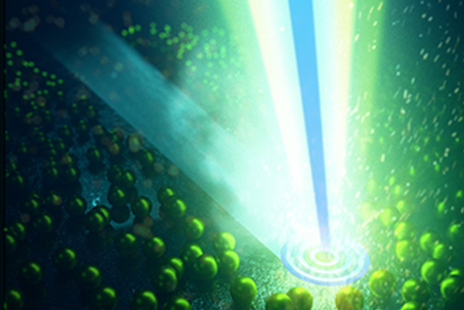Characterizing ultrafast single shot laser pulses are particularly challenging and are being required more and more for laser induced inertial confinement fusion and high energy density physics research and for high peak power laser pulse shape control in Additive Manufacturing. Techniques for measuring the power and instantaneous wavelength (or, equivalently, the temporal phase) of ultrafast optical pulses (<1 ns duration) generally fall into two categories: time domain and spectral domain. Time domain methods determine the power vs time directly. Examples include high-bandwidth photodiodes, cross-correlators, and streak cameras. Spectral methods measure the complex spectrum (spectral flux and phase) of the entire pulse. There is a need for ever more precise and easy to use spectral methods.
This LLNL invention proposes a novel approach to spectral interferometry, the preferred technique for characterizing nanosecond long records of laser pulse shapes with femtosecond resolution. Linear techniques are much more sensitive than the many nonlinear techniques of the prior art and can be used for very weak pulses. However, they depend on being able to interfere the signal with a well characterized reference pulse. This invention features a 3x3 polarization maintaining fiber coupler which combines the signal and a broadband light source used as a reference. The 3 outputs spectral interferograms are ideally identically except for a known phase shift of 0, +120 and -120 degrees. A novel algorithm deconvolves the complex input signal from these 3 outputs.
- The use of a 3x3 PM fiber coupler eliminates the need for a well characterized reference pulse.
- Polarization instabilities are eliminated by using polarization maintaining fiber.
- The novel algorithm incorporates arbitrary phase shifts and is not dependent on precise 90 degree shifts used in quadrature spectral interferometry.
- Ultrafast transient optical signal characterization.
- Laser pulse shape control for next generation additive manufacturing.
- Laser pulse shape control for inertial fusion energy.
Current stage of technology development: TRL 4
LLNL has filed for patent protection on this invention.


